MT6732 Antutu vs MT6582 vs MT6592 – Budget 2014 vs Budget 2015
Just over a year ago, in December of 2013, MT6582 hit the market. This SoC went on to revolutionize the industry and make phones with 1GB of RAM and IPS displays available in the $150 ballpark within several months of it’s introduction.
Fast forward a year and very good phones with the MT6582 chipset and similar configurations are now available for less than $100.
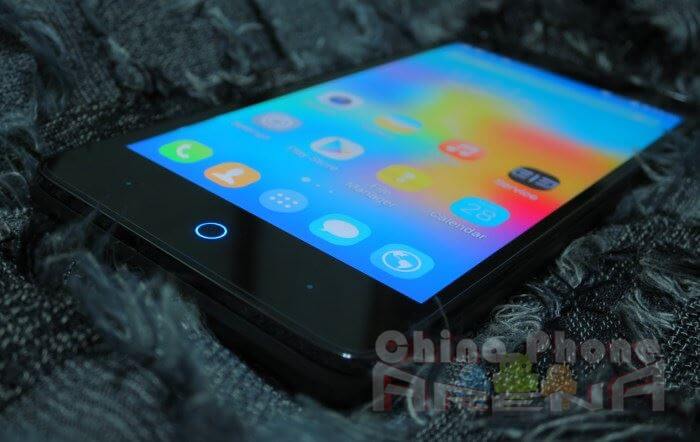
What we have today is the old generation vs the new. The MT6582 Elephone P3000 vs the MT6732 Elephone P6000. Don’t get me wrong, the MT6582 SoC still has a lot of life left in it, and I expect it to be used in phones well into Q2 of 2015 and perhaps even longer.
Later this week I will be posting further comparisons between these two SoCs. Included will be Vellamo, Icestorm and Asphalt 8.
The MT6582 P3000 has 1GB of RAM and the MT6732 Elephone P6000 and Ulefone Be Pro have 2GB of RAM, but in terms of how the GPU pushes pixels and how the CPU pushes load, the affect of 1GB vs 2GB of RAM is minimal.
MT6582 vs MT6732 Antutu 5.6. (720p MT6582 Elephone P3000 vs 720p MT6732 Elephone P6000 vs 1080p MT6592 Elephone P5000 )
Take a look at the massive difference in scores here, the Cortex-A53 CPU puts a nice beatdown on Cortex-A7, but take a look at the 3D scores and we see that the Mali-T760 GPU absolutely trounces the Mali-MP400.
It’s a resounding testament to how far phone SoC technology has come in just the past year. That the budget MT6732 SoC, is selling for less than MT6582 was when first introduced, makes things even more interesting.
MT6732 vs MT6582 Ice Storm (MT6582 Elephone P3000 vs MT6732 Ulefone Be Pro vs MT6592 Elephone P5000)
I plan on using this test quite a bit in the future. Part of the reason is that it allows for running benchmarks across all devices, including PC.
It also allows for running in 720p or 1080p on any resolution display. So with our test models, the Ulefone Be Pro and Elephone P3000, even though they’re 720p phones, the actual images they’re pushing in the Extreme test are 1080p. This allows us to know how the MT6732 SoC will perform on a 1080p mobile.
The lower scores for each respective device are obviously the 1080p results (device is labelled in screenshot).
The MT6582 results are interesting. We see not much improvement with 720p vs 1080p in graphics test 1, but a big difference in test 2. I have duplicated these MT6582 results with the 480p THL 4000 (running 720p and 1080p tests).
With the MT6732 Be Pro there is a huge difference in 720p vs 1080p. These results have been duplicated with the MT6732 Elephone P6000.
There is a massive difference here with the MT6732 scoring 3x as much as the MT6582. This time last year the 1GB MT6582 iNew V8 was selling for $170. Now we have the 2GB MT6732 Ulefone Be Pro at $150, yet absolutely thrashing what was available last year in nearly every way. That includes build, camera, quality of display, GPS and raw power. Considering price, quality and specs, the results become even more meaningful.
Don’t go away yet. More to come on this post.
This post can also be read at go.chinaphonearena.com
https://gizbeat.com/6250/elephone-p6000-review-mt6732-antutu-vs-mt6582-budget-2014-vs-budget-2015/https://gizbeat.com/wp-content/uploads/2015/01/elephone-p6000-review-p6000-review-450x284.jpghttps://gizbeat.com/wp-content/uploads/2015/01/elephone-p6000-review-p6000-review-150x150.jpgChina phone reviewElephoneMT6582MT6732MT6752MTK6582MTK6732MTK6752Just over a year ago, in December of 2013, MT6582 hit the market. This SoC went on to revolutionize the industry and make phones with 1GB of RAM and IPS displays available in the $150 ballpark within several months of it’s introduction. Fast forward a year and very good phones...Damian Parsonshttps://plus.google.com/107879368390224447304 [email protected]AdministratorHi, I'm Damian Parsons. I've been working with Android phones since the first Droid came out. I'm fascinated by computers and technology. My first BBS were ran on an old Apple IIc and Commodore 64. I work hard to bring the latest updates to you every day - without all the boring fluff. Please subscribe to keep up on the newest China tech. See our forum -> www.chinaphonearena.comGizBeat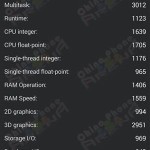
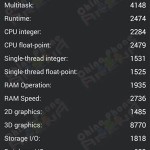
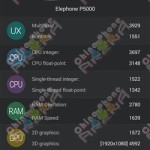
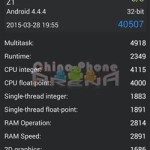












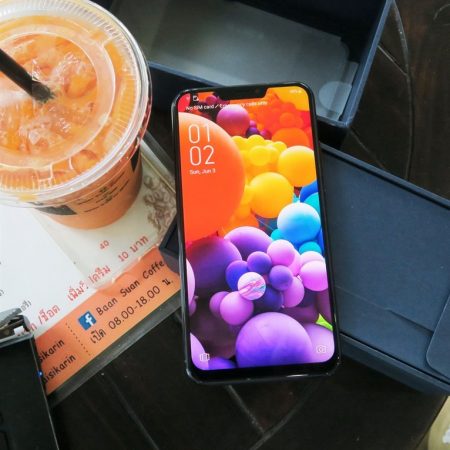

Please do a test of battery consumption.
I think mt6732 drain much more battery because the GPU
Hello, the battery get is in the P6000 full review. It did great. 7 hours onscreen over 12 hours. Should get at least 5. Regards.